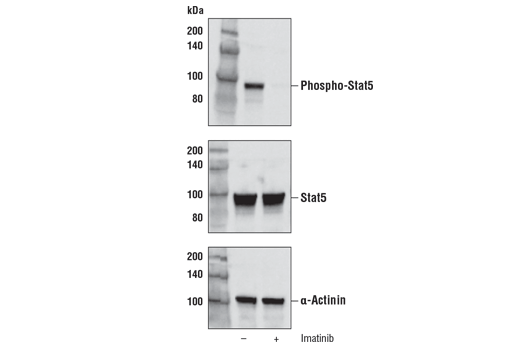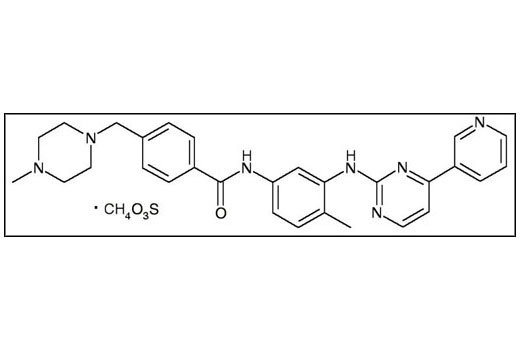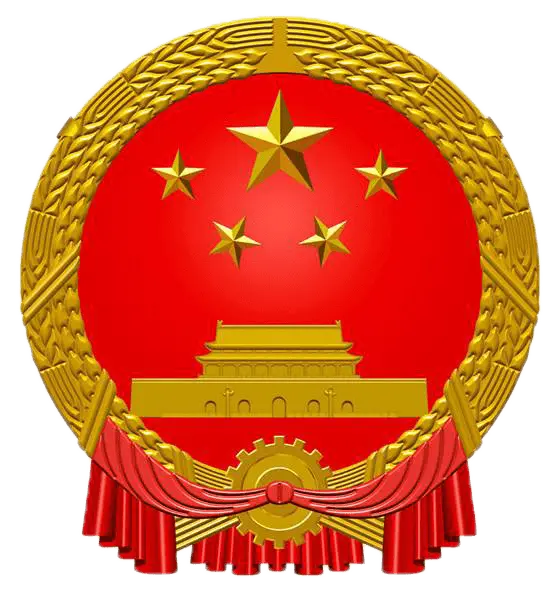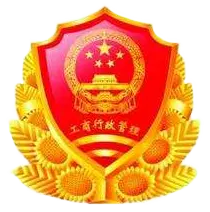Imatinib is a tyrosine kinase (TK) inhibitor that is a relatively specific ATP-binding site antagonist of Bcr-Abl, PDGF receptor, and c-Kit TKs (1-3). Results are encouraging in chronic myeloid leukemia (CML) clinical trials and imatinib has become a paradigm for targeted cancer therapeutics (4-6). Signal transduction through phospho-tyrosine pathways has been studied extensively, and tyrosine phosphorylation has been linked to multiple cell growth and differentiation pathways (7-9). Because the observed leukemic state of CML is dependent on the intact Bcr-Abl tyrosine kinase activity, extensive work has been done to identify substrates of Bcr-Abl and thus possible mechanisms leading to a myeloid expansion. Many groups have characterized prominent tyrosine-phosphorylated protein substrates in both CML blasts and Bcr-Abl-expressing cell lines, including SHIP, c-Cbl, Dok, Shc, and CrkL (10-15). In addition, key signal transduction pathways involving PI3 kinase, Ras, Myc, and Stat5 are also activated in a Bcr-Abl kinase-dependent manner (16).
1.Buchdunger, E. et al. (1996) Cancer Res 56, 100-4.
2.Heinrich, M.C. et al. (2000) Blood 96, 925-32.
3.Druker, B.J. et al. (1996) Nat Med 2, 561-6.
4.Mauro, M.J. and Druker, B.J. (2001) Curr Oncol Rep 3, 223-7.
5.Druker, B.J. et al. (2001) N Engl J Med 344, 1031-7.
6.Druker, B.J. et al. (2001) N Engl J Med 344, 1038-42.
7.Blume-Jensen, P. and Hunter, T. (2001) Nature 411, 355-65.
8.Ullrich, A. and Schlessinger, J. (1990) Cell 61, 203-12.
9.Cantley, L.C. et al. (1991) Cell 64, 281-302.
10.ten Hoeve, J. et al. (1994) Blood 84, 1731-6.
11.Matsuguchi, T. et al. (1994) J Biol Chem 269, 5016-21.
12.Carpino, N. et al. (1997) Cell 88, 197-204.
13.Sattler, M. et al. (1997) Oncogene 15, 2379-84.
14.Di Cristofano, A. et al. (1998) J Biol Chem 273, 4827-30.
15.Wisniewski, D. et al. (1999) Blood 93, 2707-20.
16.Kabarowski, J.H. and Witte, O.N. (2000) Stem Cells 18, 399-408.














 用小程序,查商品更便捷
用小程序,查商品更便捷







 危险品化学品经营许可证(不带存储) 许可证编号:沪(杨)应急管危经许[2022]202944(QY)
危险品化学品经营许可证(不带存储) 许可证编号:沪(杨)应急管危经许[2022]202944(QY)  营业执照(三证合一)
营业执照(三证合一)